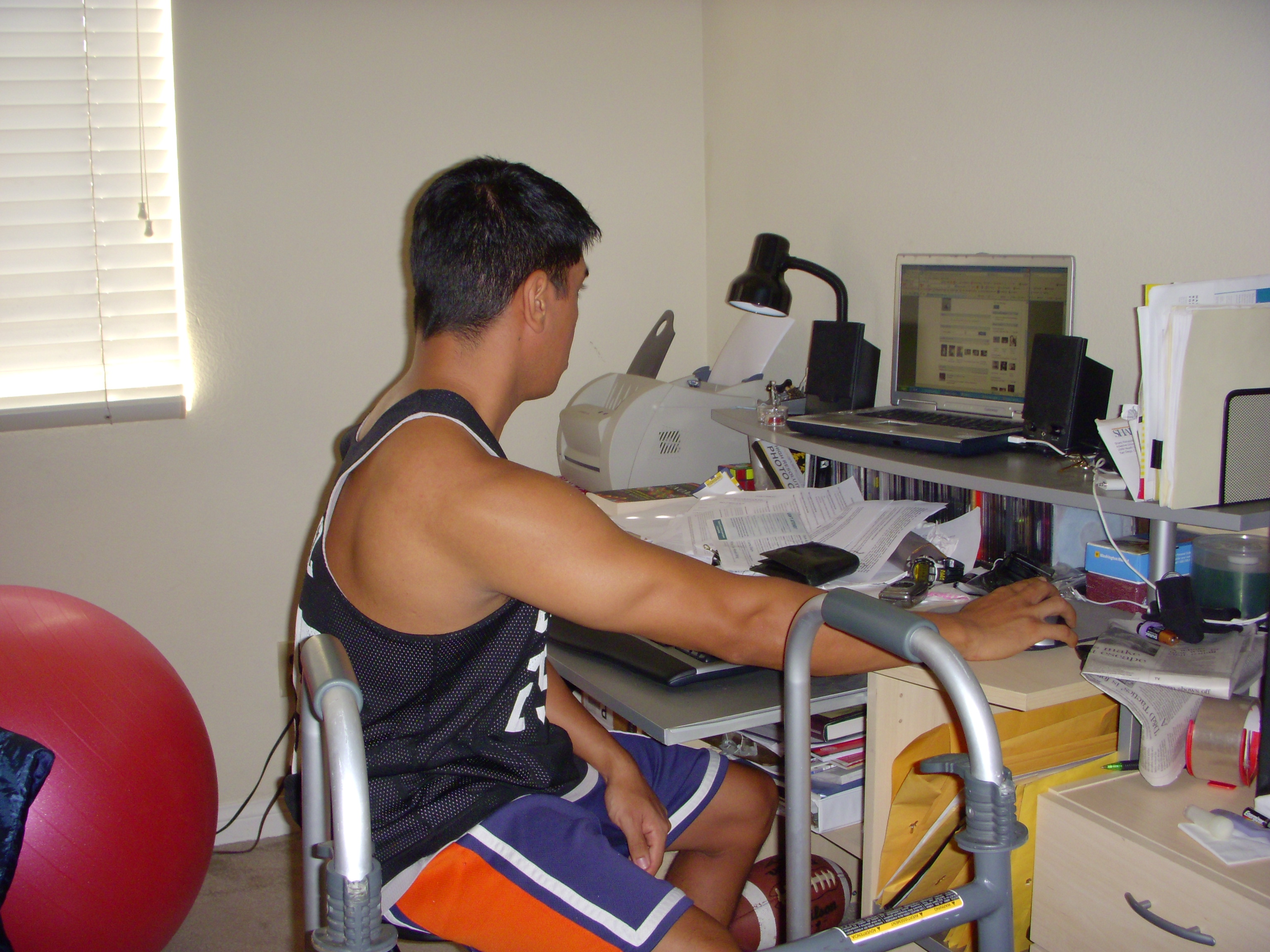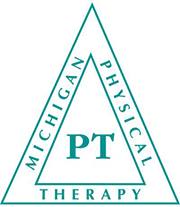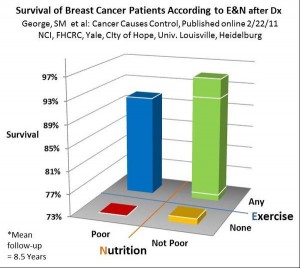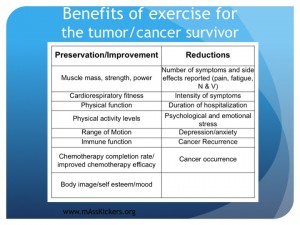This was the first article I published in Advance Magazine for Physical Therapists… it led to the crazy idea of writing a book and publishing other articles! It has been quite an adventure…
Reversal: When Therapists Become Patients

We see patients every day. It’s real easy to forget they are people too, not just another “total knee†or “laminectomyâ€. Ever patient has a story. When taking a history how well do you really get to know your patients? I always used to wonder what they were going through, what things were like for them. I came to the seemingly obvious realization that a diagnosis affects people more than we know outside of the controlled therapy sessions. There are so many other factors involved in Rehab other than just mobility. I had to live through my “discoveryâ€.
I graduated from Physical Therapy school at the University of Michigan- Flint in December 2003. I moved to San Diego, California a month after graduation in the hopes of finding a great job, an active lifestyle, and a nice girl. I found almost everything I was looking for in San Diego, but then I got some stunning news last September. I was diagnosed with a golf ball sized brain meningioma on my Tentoral membrane. The tumor was applying pressure to my brain stem (specifically the Pons) and my cerebellum. I was having severe symptoms of dizziness and nausea before I got things checked out. I had just started doing more swimming and surfing.  At first I thought I had an ear infection or maybe a Vestibular Problem, nothing too serious. Then I started getting headaches and nausea. That’s when I knew something wasn’t right.
According to the American Cancer Society 2% of all cancer related deaths were attributed to brain cancer. Males have a 0.66% lifetime risk of being diagnosed with a primary malignant brain tumor and a 0.50% chance of dying from a brain tumor. (1)  But men are at risk none the less, I never thought it could happen to me. It did. Meningiomas are the most common type of primary brain tumors at 27.4%. (2) Meningiomas affect mainly elderly African-American women.(3) The Glioma family of tumors account for 44.4% of all tumors, with Glioblastoma being the most common type of Glioma at 51.9% and Astrocytoma representing 21.6% of all Gliomas.(2)
I’ve never been sick before. I always thought my first surgery was going to be orthopedic, not neuro and not so soon. I figured I’d have surgery at the hospital where I used to work because I knew the staff pretty well and I was familiar with how things were run there.  After much deliberation, I also chose to do my rehab where I used to work because I didn’t want to be alone and I knew I would be in good hands. When I first moved to San Diego I was torn between working in a hospital vs. working in a private clinic. I chose the hospital. I’m glad I made that decision because not only did I meet a lot of new people but it also opened the door for many other work related opportunities.
Knowing the staff where you have surgery has its perks and draw backs. (See side bar) I got the best treatment, but I also had a lot of visitors. I liked the friendly atmosphere, but it left me with very little privacy. The only awkward moments I had were taking showers with the assistance of the CNAs. It took me a few weeks to get used to that. I’m a pretty shy guy, and then I figured they see naked people all the time. At least none of my friends / old co-workers would see me naked!
Pros and Cons of going through rehab where you work (could be a side bar)
Pros
- You’ll get the best care.
- Your co-workers will be great advocates for you
- Lots of support.
- You’ll be familiar with protocols/policies and procedures.
Cons
- So many visitors, very little privacy.
- Your co-workers will see you at your worst.
- It’s like you’re still going to work.
- Different perceived roles with your co-workers.
The hardest thing for me to deal with in rehab was knowing what needed to be done to progress, but not being able to do it. I was discharged in a wheelchair to my apartment with my dad in early December. My dad had just recently retired so I would have someone with me at all times. He spent over 6 months away from home in Michigan to stay with me in San Diego. This in itself was a huge adjustment. I’m used to being on my own and doing things by myself.
I really think it was harder on my family than it was on me because I knew what to look for in terms of progress. I had to explain to my dad every day that things were going well, specifically with weight shifting and balance. He would only look at the big functional goals like walking distance and speed. It was tough trying to tell both my parents to stay patient because I shared their impatience.  They were so used to cheering me on as an athlete that I think it was a difficult adjustment for them to make.
I turned to my old co-workers for support once I started outpatient therapy. Actually they were the ones that took me out to happy hours and would help me escape my overprotective parents. We usually kept things professional during my therapy sessions. Sure, we would joke around, but there was mutual respect on both sides. What I really appreciated was my therapist asking me what I wanted to work on at the beginning of each session, while still setting certain objectives each session. I also appreciated the feedback on the identification of my impairments so I could attempt to correct them. Sometimes we get so used to telling patients what to do, we forget to tell them why we are doing certain activities. Setting my own goals really kept me going. The goals I set for myself helped me to focus on what I needed to do.
Things to remember when working with patientsÂ
- Check-in periodically – Always ask their opinion on how they feel things are going
- Involve them in the treatment planning
- Help them set attainable functional goals
- Explain why they are doing certain activities
- Listen to their concerns. Don’t forget they spend more time with you than with their docs.
- Remind them that maximum progress is made outside of the therapy sessions through their HEP.
People ask me how I dealt with everything. My response to them is every day was different with new challenges. I know this is a cliché, but I had to take it one day at a time. I would wake up every morning and certain things would be a little easier. Each day brought a different challenge. Treating and beating each new challenge individually made the days go by faster. I never let go of the belief that I’m still a regular guy. It just takes me a little longer to do common everyday activities. I literally grew to hate the wheelchair and the walker so I would force myself to progress. I’m also still a pretty immature guy so I took the time to laugh at myself and all the difficult situations I put myself in.
I can’t even imagine going through rehab as an elderly adult. I have so much respect for them. The physical and psychological demands were enormous on me, an active young man. Their stage in life would obviously bring about different challenges/goals.  The biggest realization I made was that when patients go home, their impairments go with them. Unlike us, they get no vacation or breaks from the impairments. We get to go home at the end of the day and leave things at work. Putting on my shoes as a patient has definitely opened my eyes as a therapist.
Sources
- Ries LAG, Eisner MP, Kosary CL, Hankey BF, Miller BA, Clegg L, Edwards BK (eds.) Seer Cancer Statistics Review, 1973-1999: National Cancer Institute, Bethesda, MD, 2002.
- Report, Primary Brain Tumors in the United States, 1992-1997.
- http://www.emedicine.com/NEURO/topic209.htm






